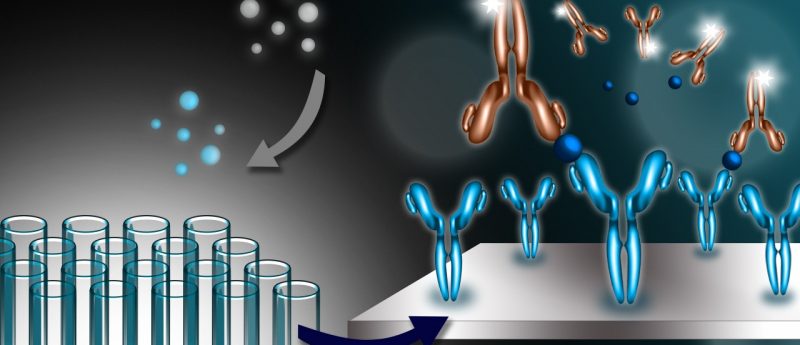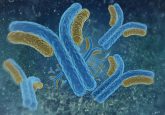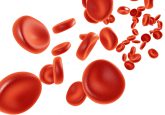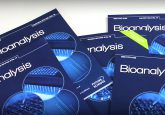Application of the Gyrolab platform to ligand-binding assays: a user’s perspective

In many areas of drug discovery and development, scientists are in a constant search for methods and platforms to reduce assay time and cost. The Gyrolab™ microfluidics platform that we describe here promises to deliver faster ligand-binding assays with lower reagent and sample consumption, while maintaining good accuracy and precision. Due to its limited track record, we evaluated its performance on assays currently used to support pharmacokinetic and immunogenicity studies, and detection of host cell protein impurities in samples from biotechnology processes. This article summarizes our preliminary conclusions about the utility of the Gyrolab microfluidics platform from Gyros AB.
Over the years, ELISAs have been the ligand-binding assay (LBA) of choice to support the discovery and development of biologic therapeutics. Although many sensitive, accurate and robust ELISAs have been developed, the emergence of new technologies, including electro-chemiluminescence (ECL), has allowed improvements in the assay’s sensitivity and dynamic range. Since the main difference between ECL assays and ELISAs resides in the detection step, not much improvement is seen in terms of throughput and workflow. The Gyrolab™ platform, manufactured by Gyros AB (Uppsala, Sweden), combines microfluidic technology and fluorescence detection in a fully automated system. In an effort to make the drug development process more efficient and cost effective, during the past 5 years, scientists across the industry have started to evaluate the Gyrolab’s potential for lower sample and reagent consumption, higher throughput and improved sensitivity compared with current standard approaches (e.g., ELISA), while maintaining good accuracy and precision [1–6].
Click here for the full article.





